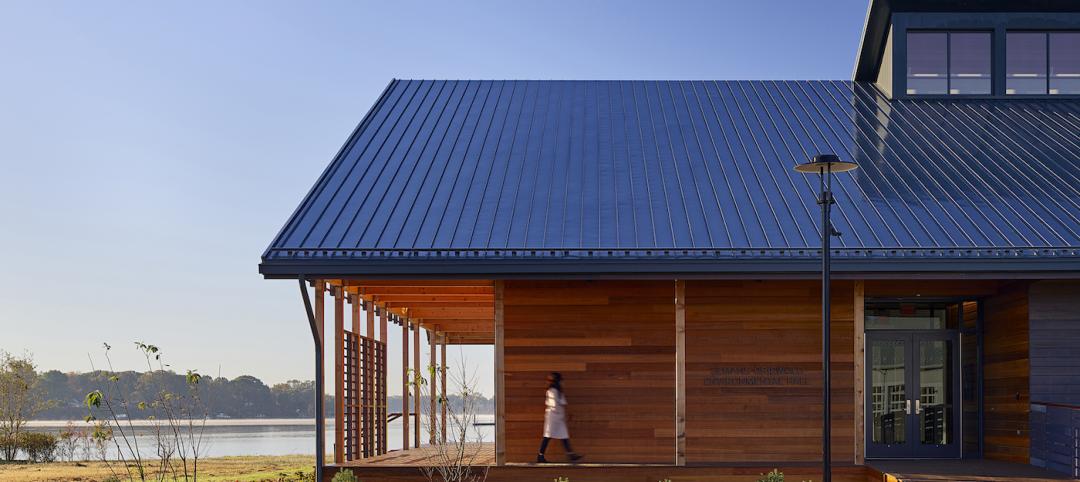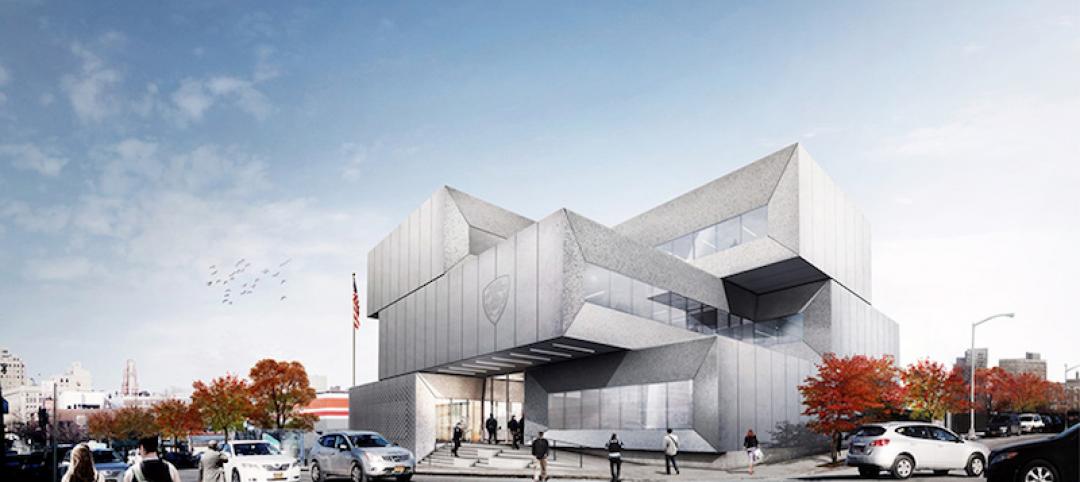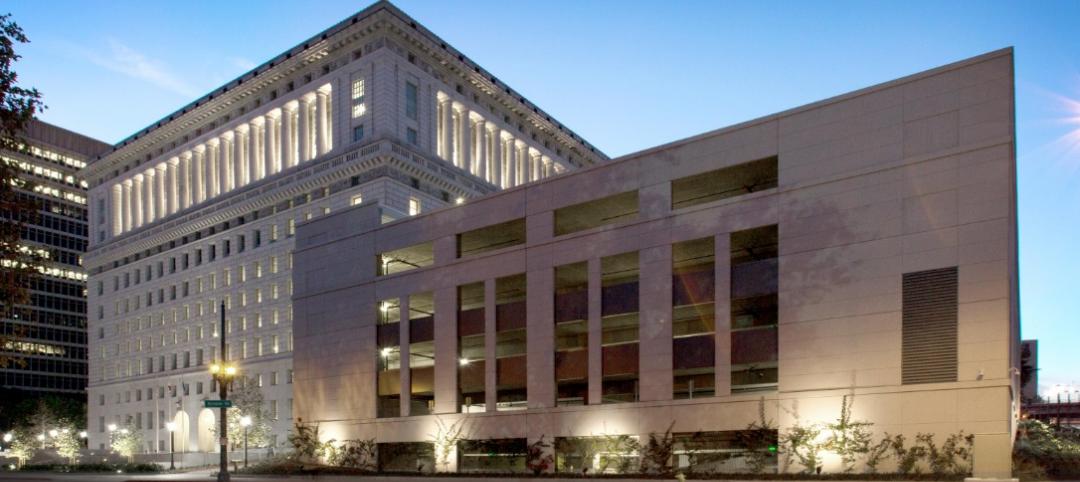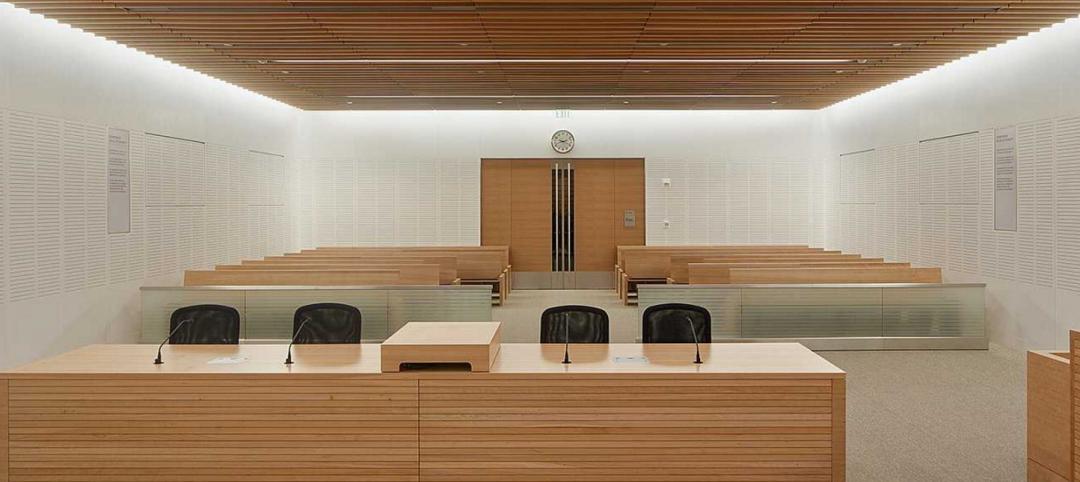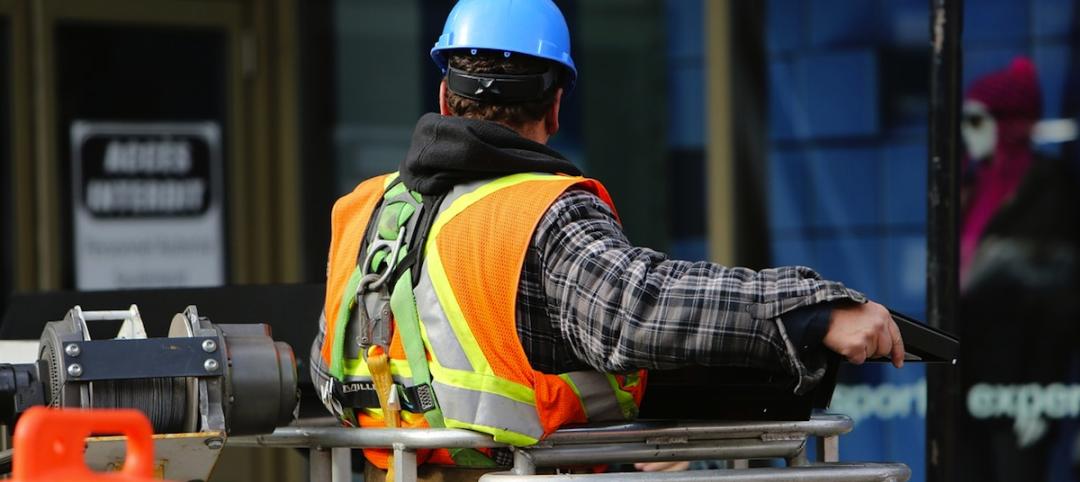
After more than a century without a substantial renovation, Old Suffolk County Courthouse, designed in Neo-Classical style by Boston's first city architect, George Clough, was overdue for a facelift.
 |
| Smothered by decades of coal dust, smoke, and pollutants, the ornate, gilded ceiling of the Great Hall at Boston’s Old Suffolk County Courthouse was carefully restored in a $117 million renovation. The courthouse was renamed John Adams Courthouse following the 43-month project. PHOTO: JONATHAN HILLYER PHOTOGRAPHY |
Enter the makeover team: Boston-based architects Childs, Bertman, Tseckares and general contractors Suffolk Construction/NER Construction Management. Their patient: a courthouse built between 1886 and 1894 and nowhere close to being ADA-compliant, too small to handle the needs of the Massachusetts High Courts, and sporting woefully out-of-date electrical, HVAC, and communications systems.
The team's efforts focused heavily on preservation and restoration because the courthouse was listed on the state and national historic registers, which meant that simple matters had to be addressed in smarter ways. After more than 100 years, its space needs had changed, not only for its judicial function, but also to accommodate security systems and automobile parking. Ordinarily, the solution would have been to loosen the girdle and letting the building expand. But here, the team had to find a way to add square feet within the parameters of the courthouse's original footprint—effectively plumping up the building while still managing to fit it into last season's pants.
To accomplish that goal, the Building Team headed for the light wells. Outdated since the advent of modern lighting systems, parts of the courthouse's two largest wells were converted into 50,000 square feet of usable space for the Massachusetts Supreme Judicial Court and the state Social Law Library.
Meanwhile, new underground parking was inserted into the building's lowest level, giving the state's highest judicial members direct access from their cars to their chambers. The team also moved most major court functions to the second and third floors and reorganized the entry level to celebrate the Great Hall, a soaring four-story public space.
The Great Hall was also a major focus of the team's renovation efforts. Architectural details that were smothered by decades of coal dust, smoke, and pollutants were cleaned inch by inch, as was the decorative ceiling with its intricate, gilded floral abstract pattern bordered by arches and columns decorated with rosettes, egg and dart borders, and classical figures cast in plaster. Damaged areas were infill-painted using reversible materials, saving as much of the original art as possible.
Courtrooms were also heavily renovated. Drop ceilings from the 1960s were removed to reveal original plaster moldings. For the wall and woodwork restoration, the team turned to old photographs that documented original vibrant paint schemes, Victorian stencil work, and light-colored, lustrous wood finish. Modern, efficient versions of historic lamps and lighting fixtures completed the transformation.
When the dust settled and the nipping and tucking was finished, the now-344,285-sf courthouse was so transformed that officials decided it needed a new name. The Old Suffolk County Courthouse was reborn as the John Adams Courthouse.
Related Stories
Giants 400 | Aug 28, 2020
2020 Giants 400 Report: Ranking the nation's largest architecture, engineering, and construction firms
The 2020 Giants 400 Report features more than 130 rankings across 25 building sectors and specialty categories.
| May 24, 2018
Accelerate Live! talk: Security and the built environment: Insights from an embassy designer
In this 15-minute talk at BD+C’s Accelerate Live! conference (May 10, 2018, Chicago), embassy designer Tom Jacobs explores ways that provide the needed protection while keeping intact the representational and inspirational qualities of a design.
Government Buildings | Feb 4, 2016
Bronx police station design revealed by Bjarke Ingels Group
The blocky, modern design is meant to convey accessibility and public service.
| Jan 14, 2016
How to succeed with EIFS: exterior insulation and finish systems
This AIA CES Discovery course discusses the six elements of an EIFS wall assembly; common EIFS failures and how to prevent them; and EIFS and sustainability.
Justice Facilities | Nov 13, 2015
Los Angeles's Hall of Justice gets a reprieve
After being unoccupied for 20 years, the downtown Los Angeles judicial center was revitalized through a restoration effort that proved to be a considerable engineering and construction feat.
Justice Facilities | Nov 10, 2015
AIA: The year's best justice facilities
CO Architects, RMKM Architecture, and SOM are among the firms honored with 2015 Justice Facilities Review Awards from the AIA’s Academy of Architecture for Justice.
Justice Facilities | May 4, 2015
San Diego prison designed with rehabilitation in mind
Following the approach of detention centers in Austria and Norway, KMD and HMC Architects designed a prison rich with natural light and amenities.
Justice Facilities | Mar 5, 2015
New courthouse blossoms into a civic space for one California town
The building's canopy suggests classical courthouse features of front porch and portico. It also helps connect the building with a public plaza that has re-centered civic activity and public gathering for the town.
Justice Facilities | Mar 5, 2015
State of the state: How state governments are funding construction projects
State budget shortfalls are making new construction and renovation projects a tough sell, leading lawmakers to seek alternative funding for these jobs.
Codes and Standards | Mar 5, 2015
Construction problems at prison spur support to quash non-traditional project delivery in Iowa
Iowa lawmakers are investigating construction problems at the Fort Madison prison project and are scrutinizing rules regarding project delivery on state projects.


